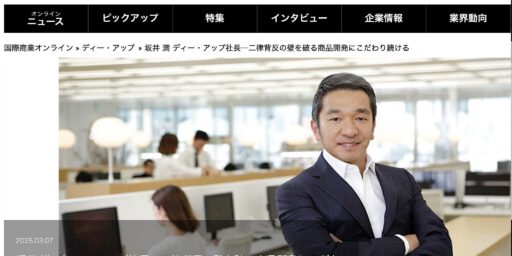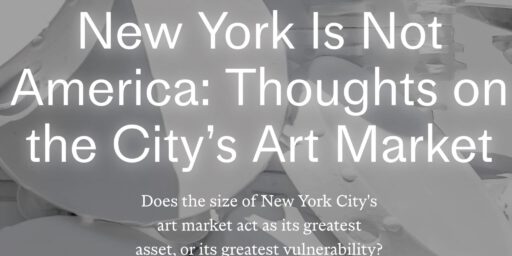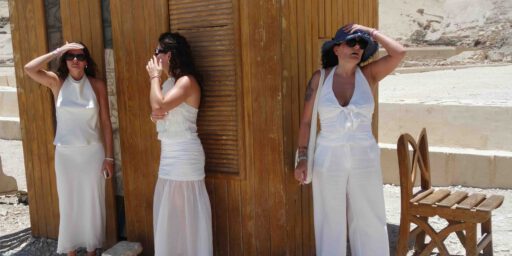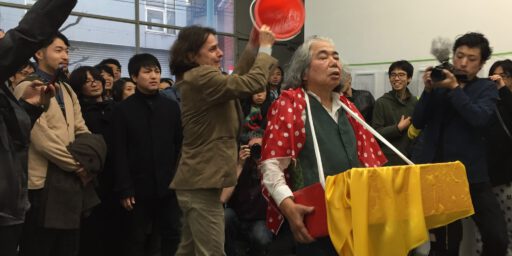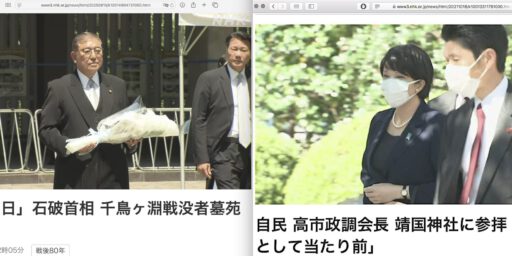アルテス・ムンディ賞9のファイナリストに選ばれた小泉明郎さんに大きな注目 Artes Mundi 9 shortlisted KOIZUMI Meiro attracts considerable attention

With great excitement and interest I’m looking forward to this coming Thursday, the 17th, when the winner of the £40,000 (55.000 US$, 620万円) Artes Mundi 9 prize will be announced. One of my favourite artists in Japan, KOIZUMI Meiro 小泉明郎 had been shortlisted for UK’s major prize for contemporary art. His competitors in this strong line-up are: Dominican artist Firelei Báez, South African artist Dineo Seshee Bopape, Puerto Rican artist Beatriz Santiago Muñoz, Indian artist Prabhakar Pachpute, and American artist Carrie Mae Weems. Having checked all their works, I may hereby confirm, that the chosen artists mostly practice in a highly political context. Astonishingly, Koizumi’s work “Angels of Testimony” (証言の天使たち) from 2019 (3 channel video and sound installation, 3面ビデオインスタレーション、証言のアーカイブ資料, Edition of 5 + 2 AP), commissioned by the Sharjah Art Foundation and shown at the Sharjah Biennial 14, last week, got prominent media attention through The Art Newspaper and The Guardian as both put his work in their articles’ titles, including photograph. Very impressive, indeed!
Let me quote some passages, as my dear Japanese readers of ART+CULTURE probably won’t know what kind of serious art reviews KOIZUMI (on a personal level, I’ll use his first name Meiro, too) is actually getting.
Gareth Harris in The Art Newspaper, 10th of June 2021
Harrowing film on Japanese war-time atrocities in China is among shortlisted works on show in UK’s biggest art prize
Powerful work by Japanese artist Meiro Koizumi is on show alongside five other artists in Cardiff’s Artes Mundi award
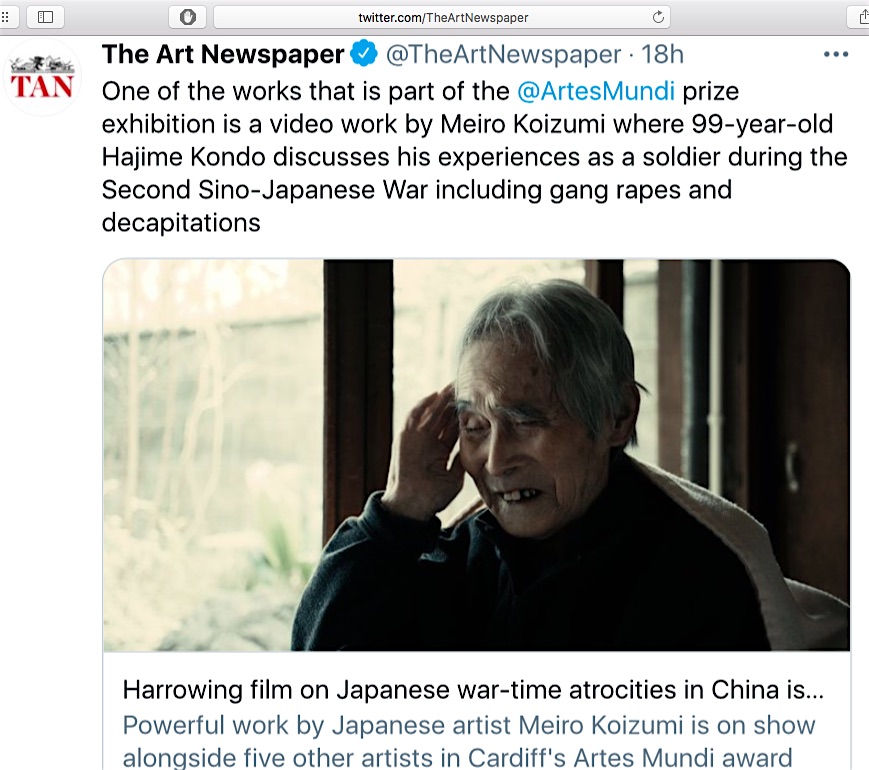
A Japanese artist nominated for this year’s Artes Mundi prize—which opened in Cardiff, UK, this week—says he cannot show a video work in his home country about atrocities committed by Japanese soldiers in China during the Second World War as the subject matter is still too sensitive. In the three-screen video work, Angels of Testimony, 99-year-old Hajime Kondo is interviewed by the artist Meiro Koizumi about his experiences as a soldier during the Second Sino-Japanese War (1937-45). Kondo, who is clearly distressed, tries to recall the gang rapes and decapitations inflicted by himself and his comrades.
In an accompanying podcast, Koizumi says that “Japanese institutions were very much afraid [of showing the work]. It creates a mess, I understand. But at same time we still have to recognise this part of history? How do we do it? My commercial gallery [Mujin-to Production, Tokyo] is a brave one but we want institutions to recognise it.”
…
“We have been trying to show [the work] in Japan since it was made,” Koizumi says on the podcast. “I think it’s very important; no institution will show it because revisionist nationalists are getting strong in society. We have had a huge problem with our dark history in slavery [for instance]. We took Korean women to China and made them sex slaves. Japan as a nation cannot accept this,” he adds, referring to the so-called comfort women, the term for Korean women forced to work in Japanese brothels during the Second World War.
Koizumi also addresses the issue of ethics around difficult topics. “[You] have to be very aware that the camera is an exploiting machine, through the camera I exploit the subject. This is an aspect I’m always aware of but at the same time I have to make an art work. I have to play with this dynamism and make an art work out of this relationship… ethics and aesthetics are never the same. I have to find a place where they overlap, it’s not easy. My goal is to find an image or expression which represents this person’s trauma,” he says.
…
full text:
https://www.theartnewspaper.com/news/artes-mundi-meiro-koizumi
LISTEN: At the table with Meiro Koizumi
The penultimate of six podcasts in the At the table series presents artist Meiro Koizumi in conversation with Zoe Butt, Artistic Director of the Factory Contemporary Arts Centre, Ho Chi Minh City; comparative sociologist and historian, Abu-Bakr Madden Al-Shabazz; and Evie Manning, co-Artistic Director of Common Wealth theatre company. Imagining we are sat around a table sharing a meal and exchanging ideas, this event is a chance to hear different concerns and perspectives while getting to know the artist and their work. This podcast was recorded during a live webinar.
Please note – Meiro’s work leads to discussion of war crimes that some listeners may find disturbing.
Presented in partnership with Cardiff Metropolitan University
https://artesmundi.org/videos-podcasts/listen-at-the-table-with-meiro-koizumi/
One day earlier The Guardian published a similar article written by Adrian Searle on Koizumi

Artes Mundi 9 review – wide-ranging show dominated by one devastating work
Six artists take us from the post-colonial Caribbean to rural India, but Meiro Koizumi’s unflinching telling of Japanese atrocities in China will be seared in the memory
@SearleAdrian Wed 9 Jun 2021
quotes:
A very old man, Hajime Kondo, sits in a room, being interviewed by Japanese artist Meiro Koizumi, who gives Kondo a copy of the book he once wrote, detailing his experiences as a soldier in China and Okinawa. Now 99, frail, forgetful, looking sometimes lost, Kondo stares at typed-out quotations from his book, his own shocking testimony of his four and a half years in China as a conscripted soldier, where, he wrote, he turned into a killing machine. In his 2005 book “The Two Battlegrounds of a Japanese Soldier: Kondo Hajime’s Unending War”, Kondo describes the bayonettings, the gang rapes, the decapitations, the casual horrors he and his comrades inflicted.
Described unflinchingly and with a graphic factuality, much of what he describes is too shocking, disgusting, callous and brutal to retell here. The old man drools and cries. For long periods he just sits, or knocks his knuckles against his head as if to dislodge a memory. Sometimes the camera focuses on the papery skin of his hands. “I don’t remember,” he repeats. But he does remember, even when he thinks he has perhaps dreamed these shocking events, and goes on to say that even if he said sorry for a hundred years it would not be enough.
On two larger screens a number of young people rehearse the old man’s testimonies, repeating over and over what he is saying and what he wrote. They sit in rooms and they shout out the phrases on the streets of a city, goaded by to shout louder, to repeat. They lie on the ground like the dead and they look at the camera. Koizumi’s three-channel “The Angels of Testimony” is a gut-wrenching work. This chorus of the young (all teenagers who collaborated with the artist), adds a dreadful poignancy.
…
Coming directly after Koizumi’s work, I have to admit I found it almost impossible to give Santiago Muñoz’s work the concentration it deserves. Koizumi’s overwhelms everything else in Artes Mundi. I wanted to look away, but I couldn’t. I stayed with this difficult work for a long time. It is still with me now.
Now, let’s take a deep breath, as we are talking about our ancestors’ private stories in a global historical context. Try to be honest with yourself: do you think that your country built a History Museum, where you could learn history in an objective way?
My research lets me write this provocative sentence: Japan, South Korea, North Korea, Taiwan, China and the U.S. don’t possess such a museum. They are
biased,
some too small in scale,
designed to nourish patriotism,
lacking critical reflection,
with many black holes in the time line of the country’s history.
Or, in the case of Japan, it doesn’t want to build a Museum of History at all. Purposely purposeless. From my personal view, keeping the many historical museums in Berlin in mind, this Japanese dilemma can be called catastrophic. Explaining the various reasons would go beyond the scope of this text. Some NHK TV documentaries succeeded partially in functioning as a virtual museum of history.
I still do not know for certain whether Japan actually is afraid to enter into a wide, long lasting, public discourse on history, which would obviously obstruct the slowly, but steadily, engaging patriotism amongst the youth.
Said that, we have first to overcome the obstacles regarding historians and the notion of “Lost in Translation”. Disorganised Asian historians tend to stick to single-perspective narratives. Abstractly explaining, may I point out to the following problems:
1. Scholars don’t check the neighbouring country’s, actualised history school books.
2. Can’t read newly published books by former soldiers and war civilians, unfiltered, as primary sources. Lack of access to the various archives of investigative TV documentaries in all the countries of interest.
3. Direct discourse in foreign languages almost impossible; international symposiums with all parties involved are very difficult to organise.
4. Lack of an “independency spirit”; a political agenda can be traced later in the scholar’s biography.
One of the reasons why I do highly value the art practice of KOIZUMI Meiro, is his honest yearning to know the truth. He might encounter some irritating traps, because there exist divergent truths to be discovered, known also as the Rashomon effect.
Trying to understand the Über-Kontext of his own family’s story, embedded in an Imperial country called Japan. Searching for historical facts via primary source, interactive communication as a cleansing process, whilst sometimes not knowing where his new artistic journey will lead. Meiro’s inner motivation comes from a strong engine of inquisitiveness, fearless to deal with sensitive topics. For his personal provisional appraisal, he has to be engaged with thought-provoking, personal topics, otherwise his existence as an artist would become meaningless.
The same can be said about myself, trying to attach a new puzzle piece into the larger historical map of the world. Like Meiro, stoically focusing on contemporary, important IRL occurrences and, if circumstances allow, scratch on one’s own ancestor’s life story. From my experience, I can tell you that my body of work ROBERTO (ROMA – BERLIN – TOKYO), exhibited partly in the MIZUMA ART GALLERY ミヅマ アートギャラリー in 2004, is being handled as a a curatorial hot potato, so to speak. The same actually happens to Meiro’s ”The Angels of Testimony” which until today could not find a Japanese museum to be shown. Sure, you may argue, that kind of museum has yet to be built. However, Japan is already full with art museums. Better to use the money for in-depth curatorial projects, independently, free from any local, political interference.
Throughout the years KOIZUMI Meiro attracts our attention with surprising new textures, showing original thought. Each time a newly executed work appears, it activates adrenaline in our body, makes the art experience IRL a special one. Happily, once in a while we even encounter truly heroic masterpieces, like “Today my Empire sings” (read: sinks) 「帝国は今日も歌う」(2017). Meiro’s artistic practice embodies vulnerability, questions the human condition and examines the “idea of the good itself”. We are always thrilled to see his next exhibitions, one raison d’être for us creators and art lovers.
To get an overview, I made an assemblage of my “Meiro-experiences” in the past years, feeling indeed very fortunate to have seen most of his works. Please check the various links, too.
On Wednesday I am very much looking forward to listening his online audio-description tour. And, – let’s keep our fingers crossed for the 17th, Artes Mundi 9!
12th of June, 2021
Mario A
up-dated: Happily, all shortlisted artists won! Congratulations to Meiro!!!
The jury said in a statement that it awarded the prize to all six artists “in recognition of both the context in which their work is produced; and importantly, in recognition of each individual practice which is outstanding in merit, made especially, and powerfully relevant today.”
The jury consisted of the Para Site executive director Cosmin Costinas, the Showroom director Elvira Dyangani-Ose, and the chief curator of the Museum of Contemporary Art Australia Rachel Kent.

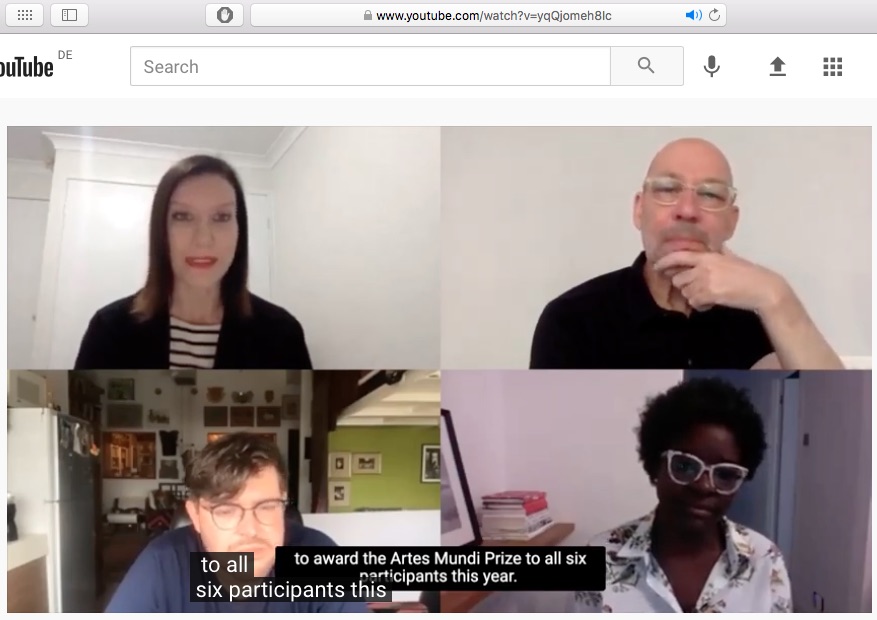
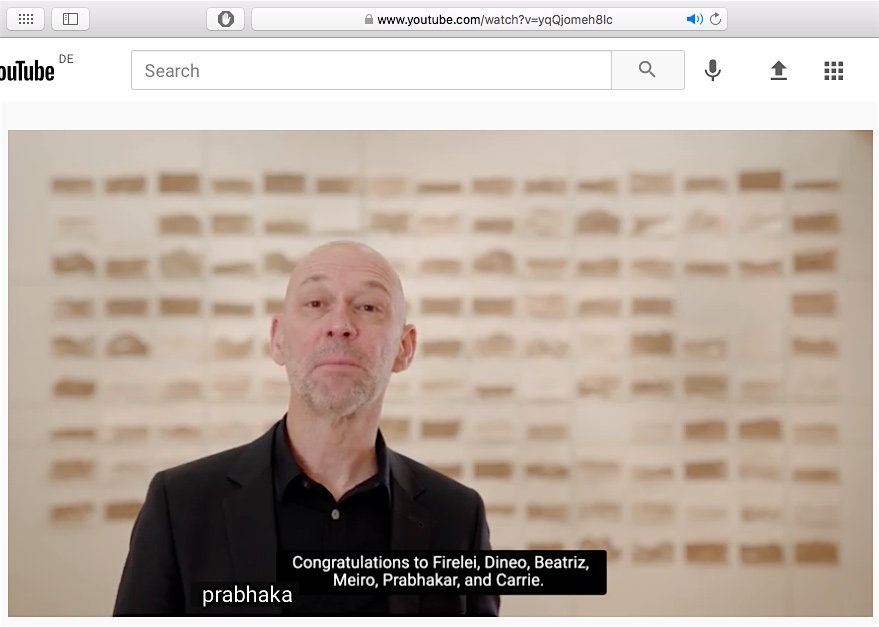
There was “very intense, robust conversation between the three of them,” says the Artes Mundi director Nigel Prince, who chairs the jury. The context of making work and putting a show together during a global pandemic played an important part in the jury’s deliberations, Prince says, as did “the very nature of the work and especially the fact that so much new work has been made by the artists for the exhibition”.
On KOIZUMI Meiro’s Facebook account, the Director of the Mori Art Museum, KATAOKA Mami 片岡真実 wrote the following congratulatory comment:
Mami Kataoka
おめでとうございます!前回のアルテスムンディで最終審査をしましたが、これだけ世界が多様な価値観に溢れているなかで、ひとつの優れた作品(あるいはひとりの作家)を選ぶプライズという制度そのものに無理がある、と思います。アルテス・ムンディではシアスター・ゲイツが受賞したときも賞金をショートリストのアーティストで分配したり、ターナー賞でもそうした事例がありましたね。ちなみに、1973年に創設されたシドニービエンナーレも、もともとあった賞制度に限界を感じた創設者のフランコ・ベルジョルノ=ネティスがビエンナーレ方式に変更したことで生まれたものです。いずれにせよ、アルテス・ムンディは質の高いアーティストを世界から見いだしてきています。そこに明郎さんが選ばれたのは素晴らしいことです。おめでとうございます!
(tentative translation by me)
Congratulations! I was one of the final judges for the precedent Artes Mundi, and I think that the system of prizes to select one outstanding work (or one artist) is unreasonable when the world is so full of diverse values. We have seen this with the former Artes Mundi Prize, where the prize money was divided between the artists on the shortlist when Theaster Gates won, and we have seen this with the latest Turner Prize, too. Incidentally, the Sydney Biennale, founded in 1973, was also born when its founder, Franco Belgiorno-Nettis, saw the limitations of the original prize system and changed it to a Biennale format. In any case, Artes Mundi has been able to find high quality artists from all over the world. It is wonderful that Meiro-san has been selected. Congratulations!
Online Audio-description tour: Meiro Koizumi
Wednesday 16 June 2021
12:00pm BST
Free, Online
https://artesmundi.org/events/online-audio-description-tour-meiro-koizumi/

Artes Mundi 9 Opens to the Public
from 19 May – 5 September 2021
小泉明郎: グループ展「Artes Mundi 9」
2021年3月15日 – 9月5日 @ 国立カーディフ博物館
The Artes Mundi 9 exhibition, which celebrates new and existing work by some of the world’s best international contemporary artists, will at long last open to the public from Wednesday 19 May until Sunday 5 September across National Museum Cardiff, Chapter and g39.
The winner will be announced on 17th of June.
https://artesmundi.org/exhibitions/am9/
https://artesmundi.org
KOIZUMI Meiro 小泉明郎
http://www.mujin-to.com/artist/koizumi/
無人島プロダクション MUJIN-TO Production
130-0022 東京都墨田区江東橋5-10-5
info (at) mujin-to.com
http://www.mujin-to.com/contact/
http://www.mujin-to.com/en/contact-en/
アーティスト小泉明郎氏に2017年の日本現代アート透明賞 JCATP
KOIZUMI Meiro wins 2017 Japanese Contemporary Art Transparency Prize (2018/6/4)
https://art-culture.world/articles/koizumi-meiro-wins-2017-japanese-contemporary-art-transparency-prize/
エスプリ・アーティスティック* 小泉明郎、丹羽良徳、折元 立身、グスタフ・クリムト、名古屋 覚
Esprit Artistique* KOIZUMI Meiro, NIWA Yoshinori, ORIMOTO Tatsumi, Gustav Klimt, NAGOYA Satoru (2019/8/6)
https://art-culture.world/articles/koizumi-meiro-niwa-yoshinori-orimoto-tatsumi-gustav-klimt-satoru-nagoya/


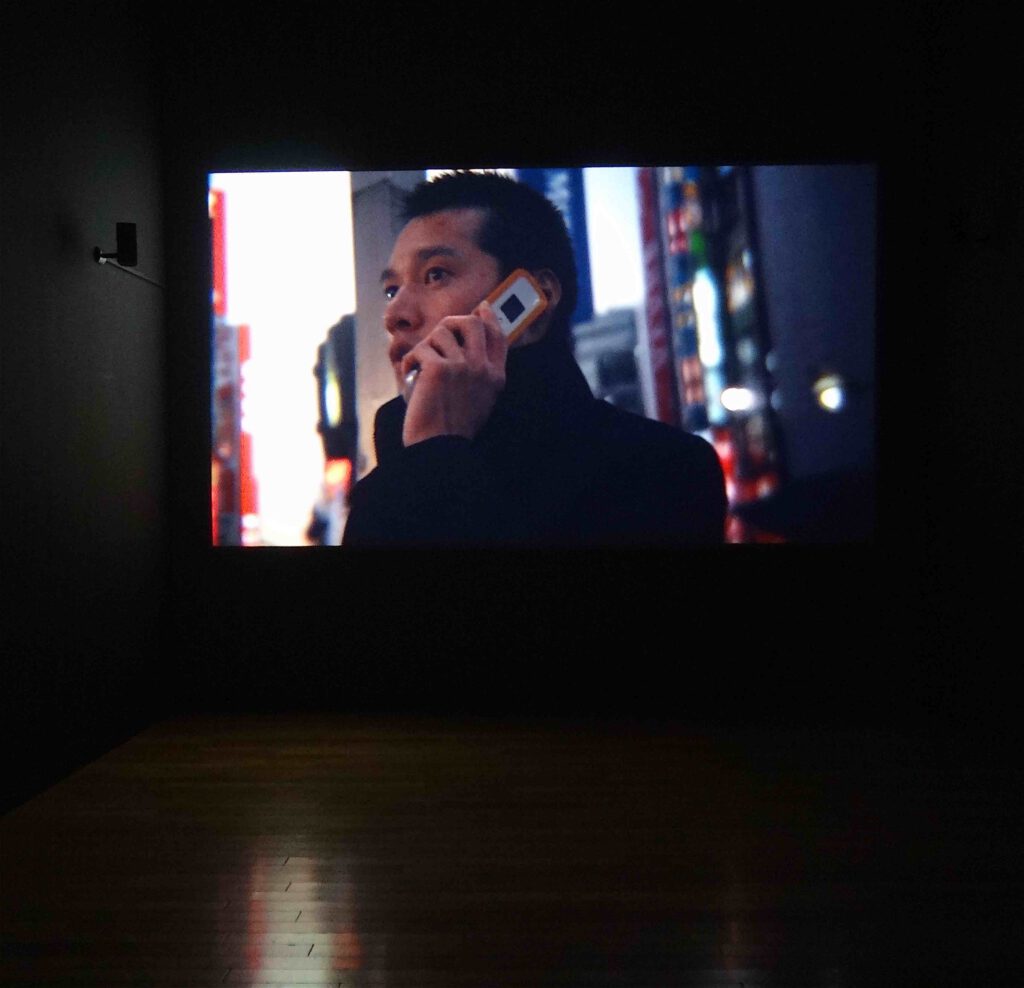
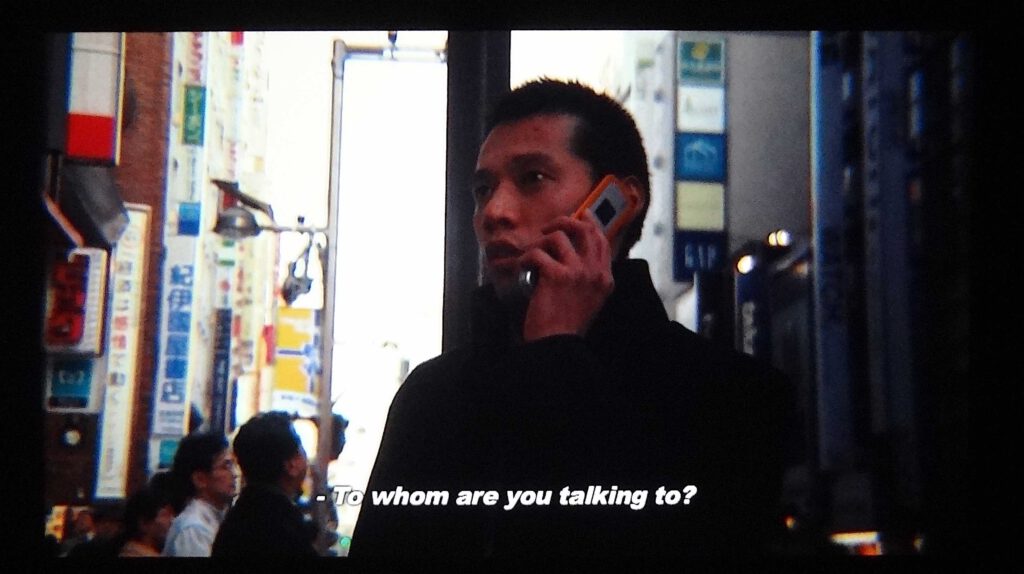

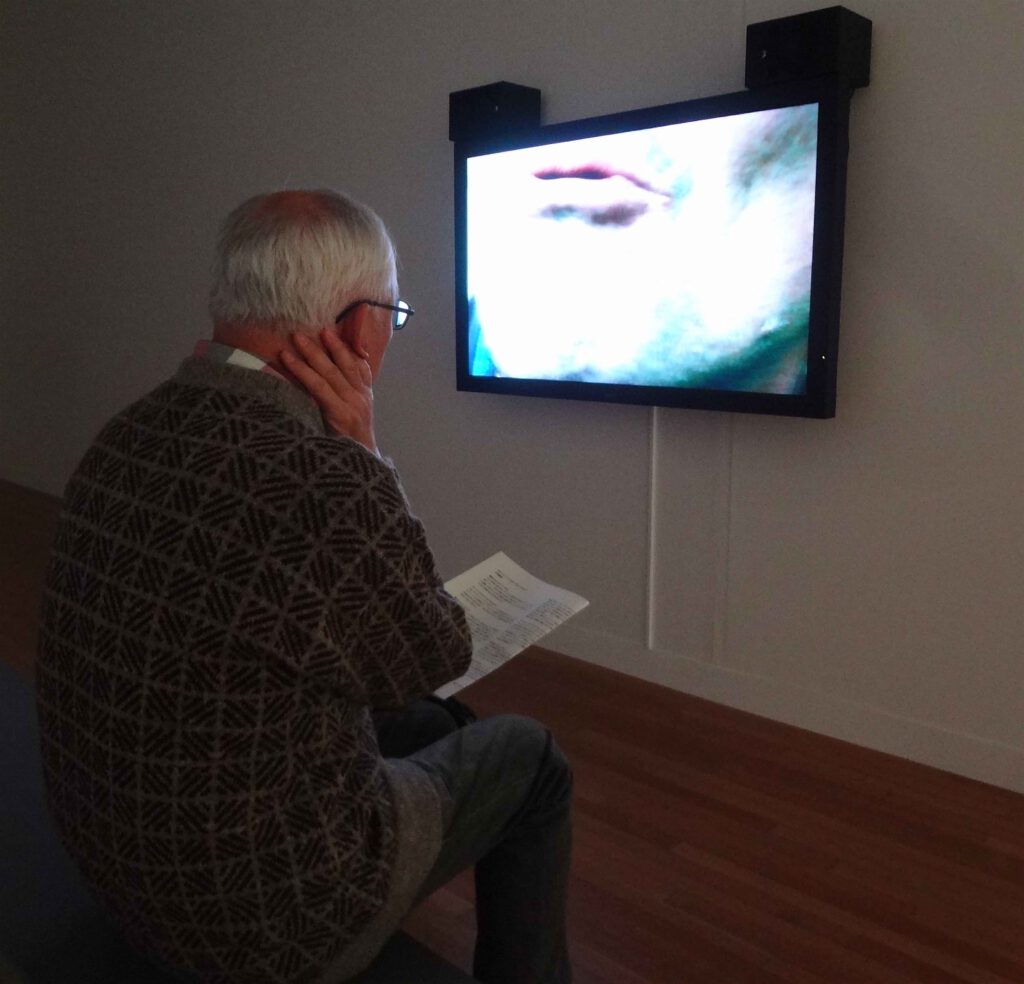

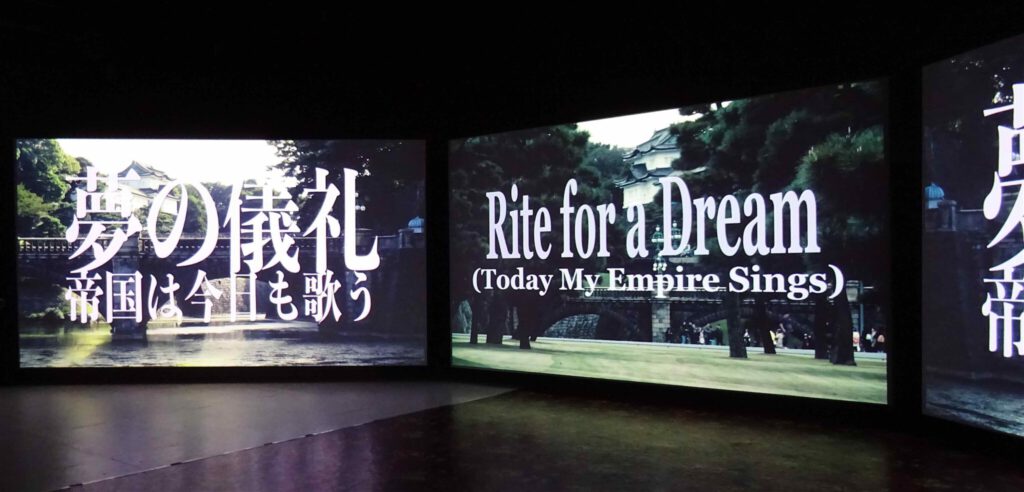

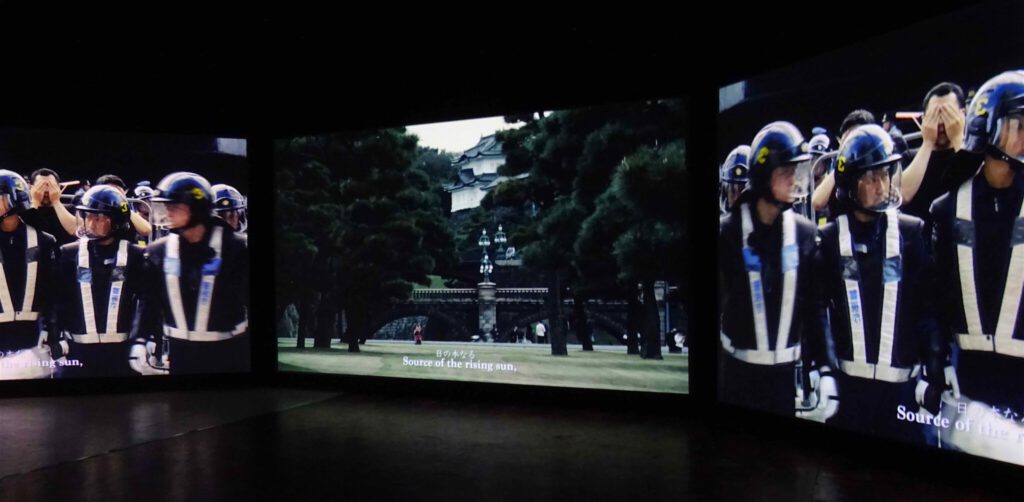
日本語:
小泉明郎展「帝国は今日も歌う」@VACANT(東京/原宿)
English:
Meiro Koizumi “Today My Empire Sings” @VACANT, Tokyo
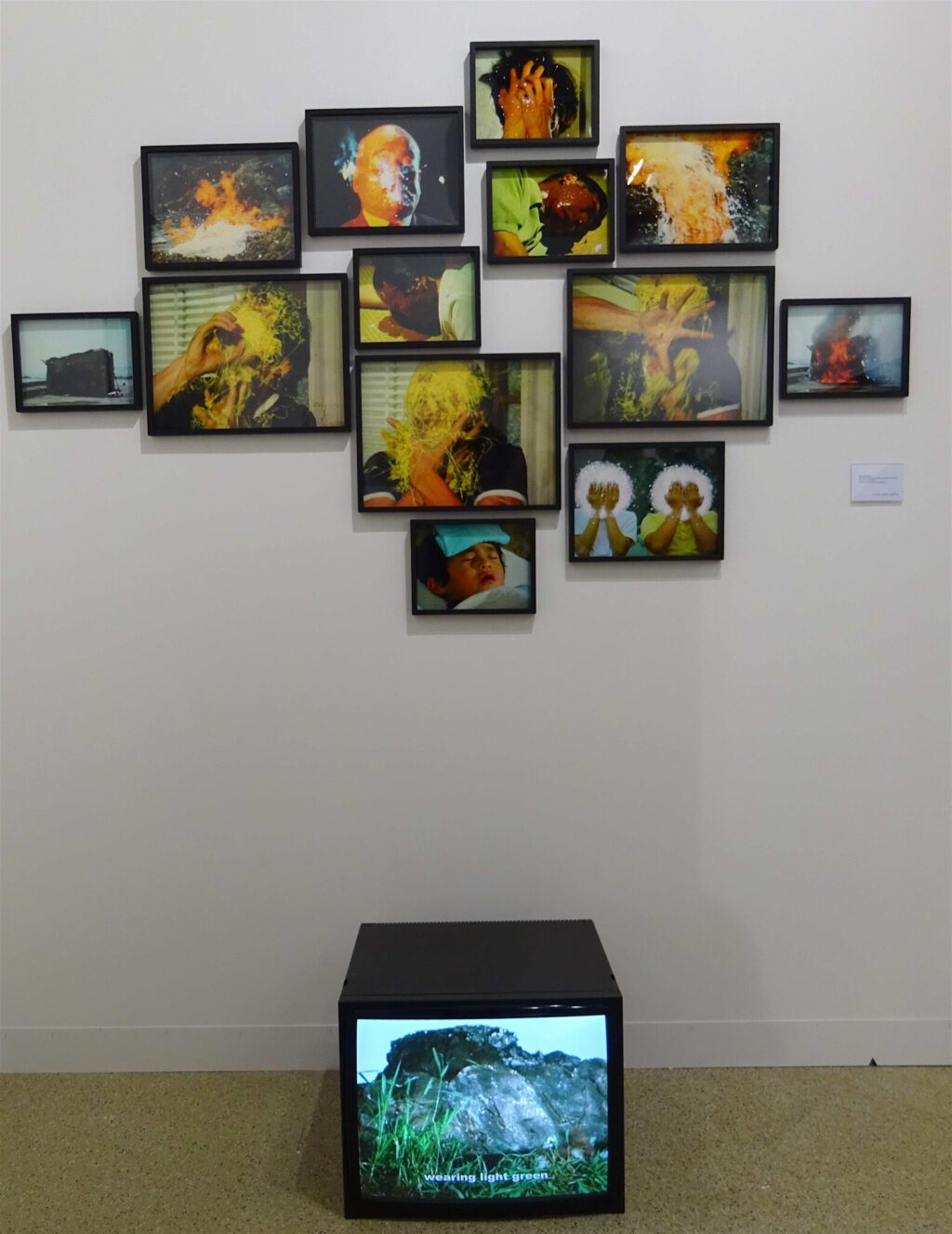
12 min. 42 sec. @ Annet Gelink Gallery, ART BASEL 2017
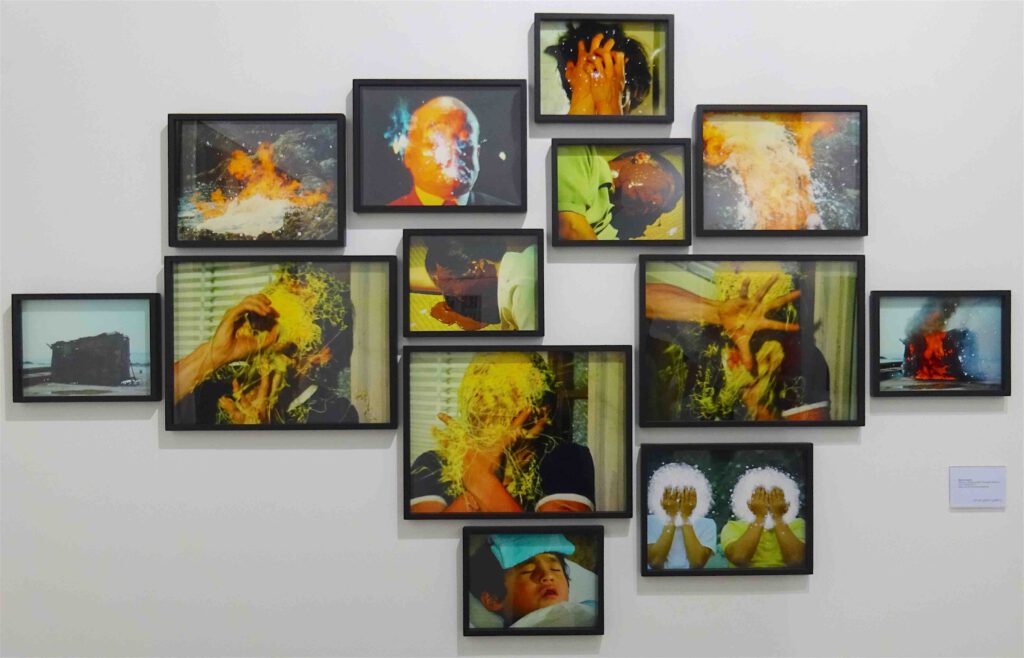
12 min. 42 sec. @ Annet Gelink Gallery, ART BASEL 2017


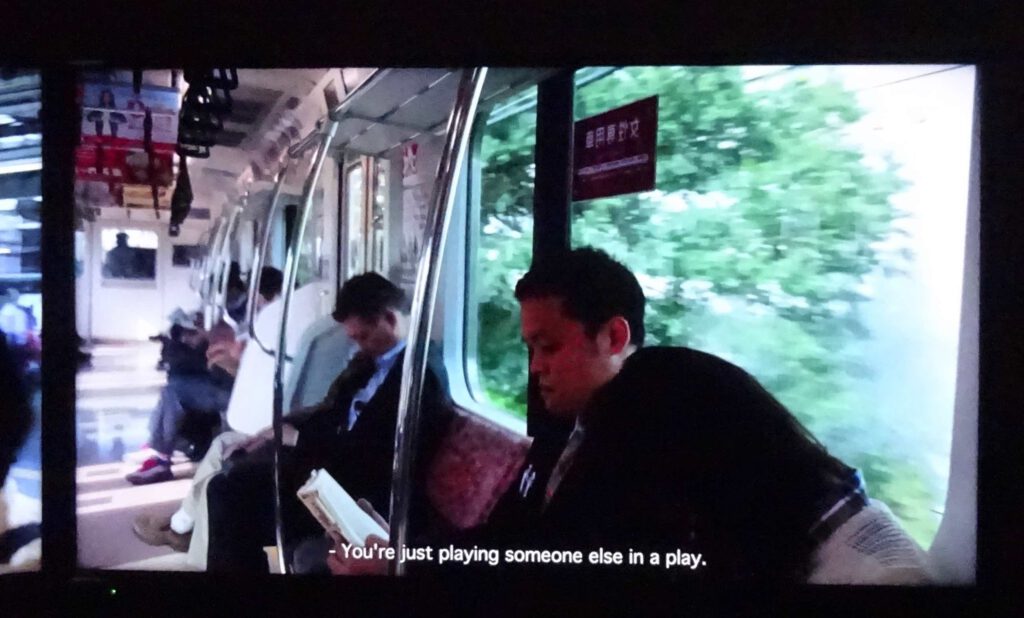


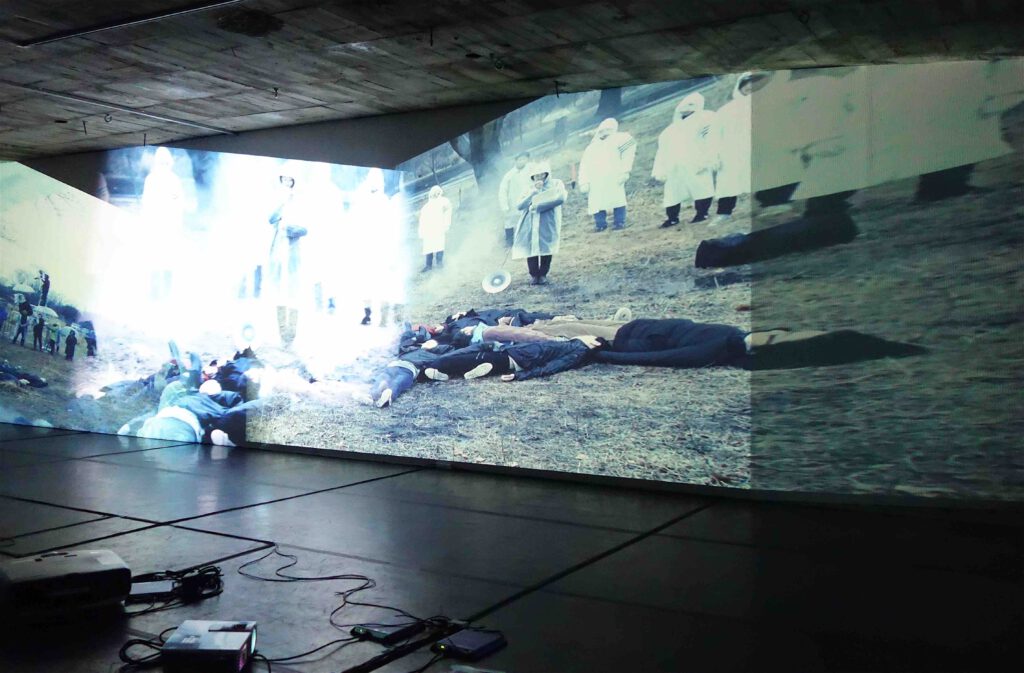
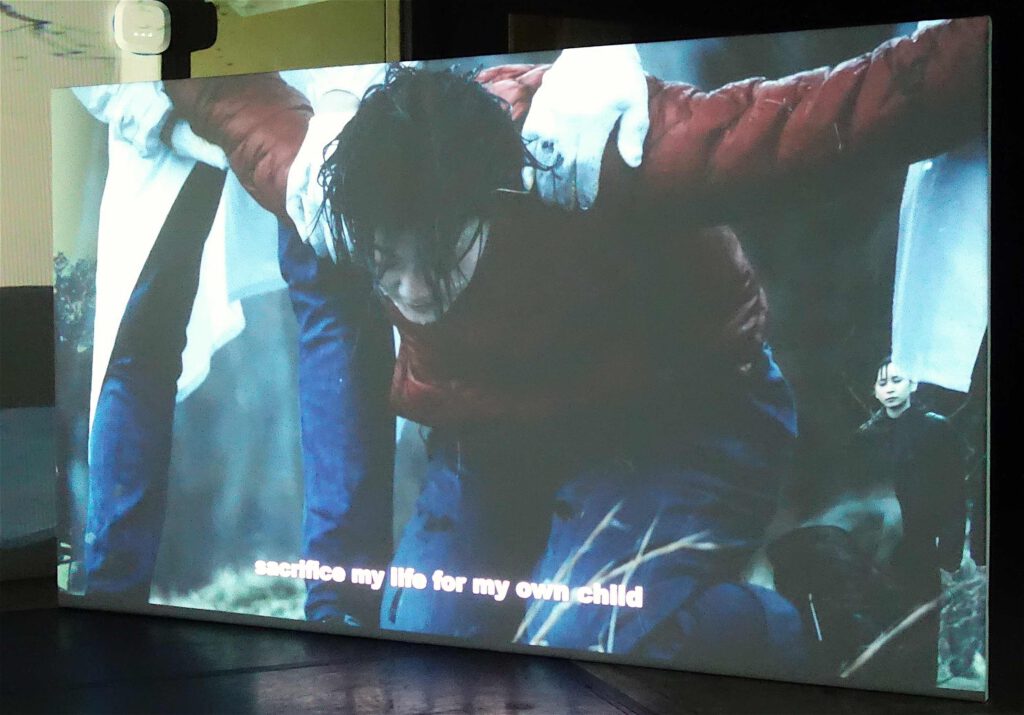
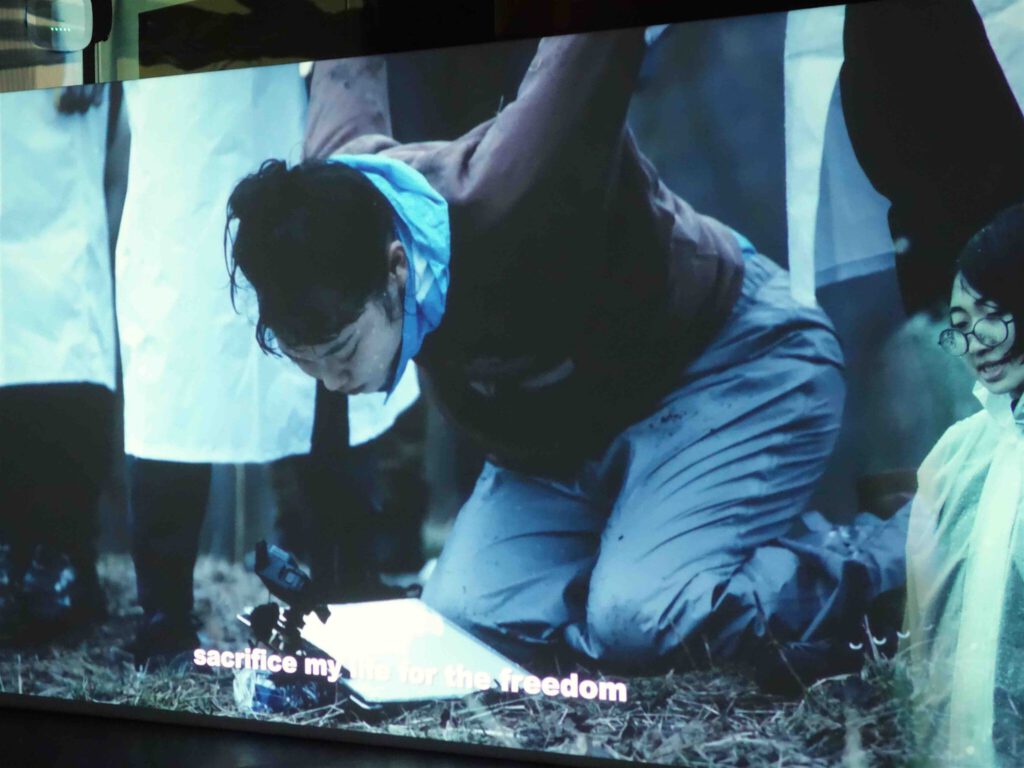
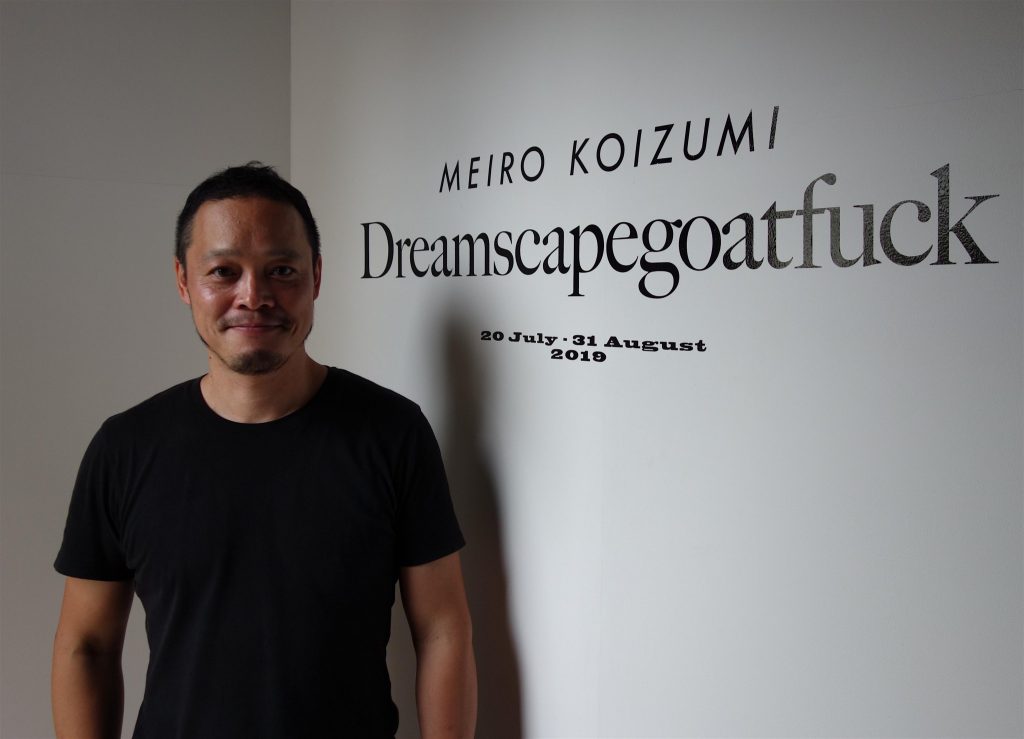
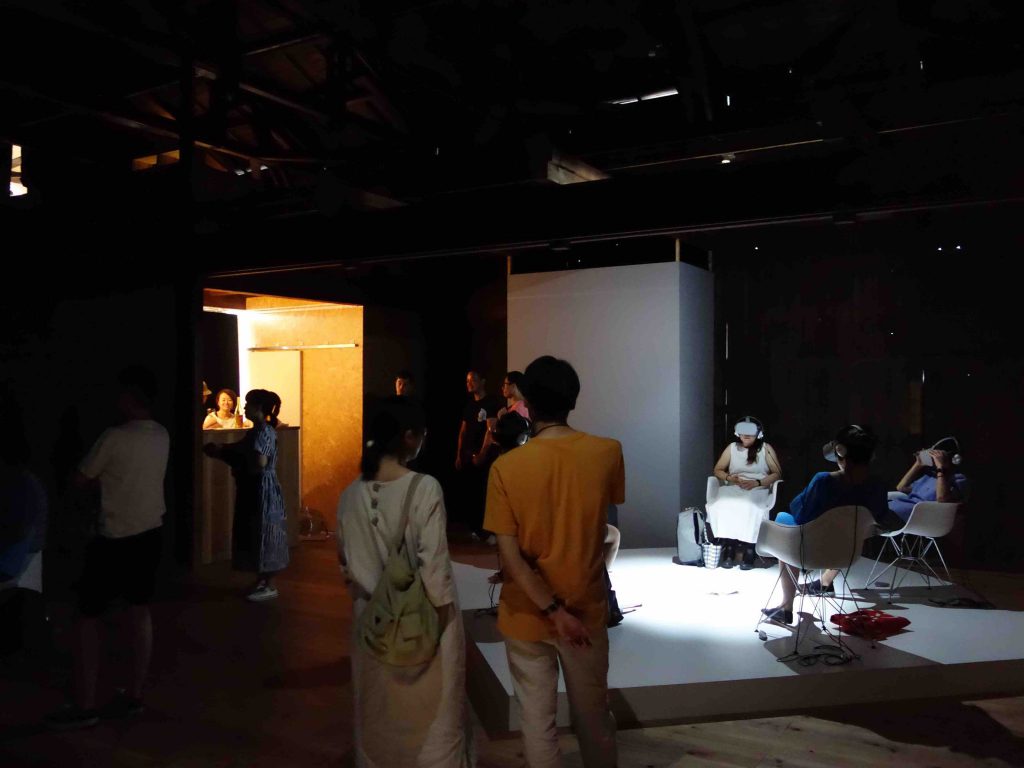
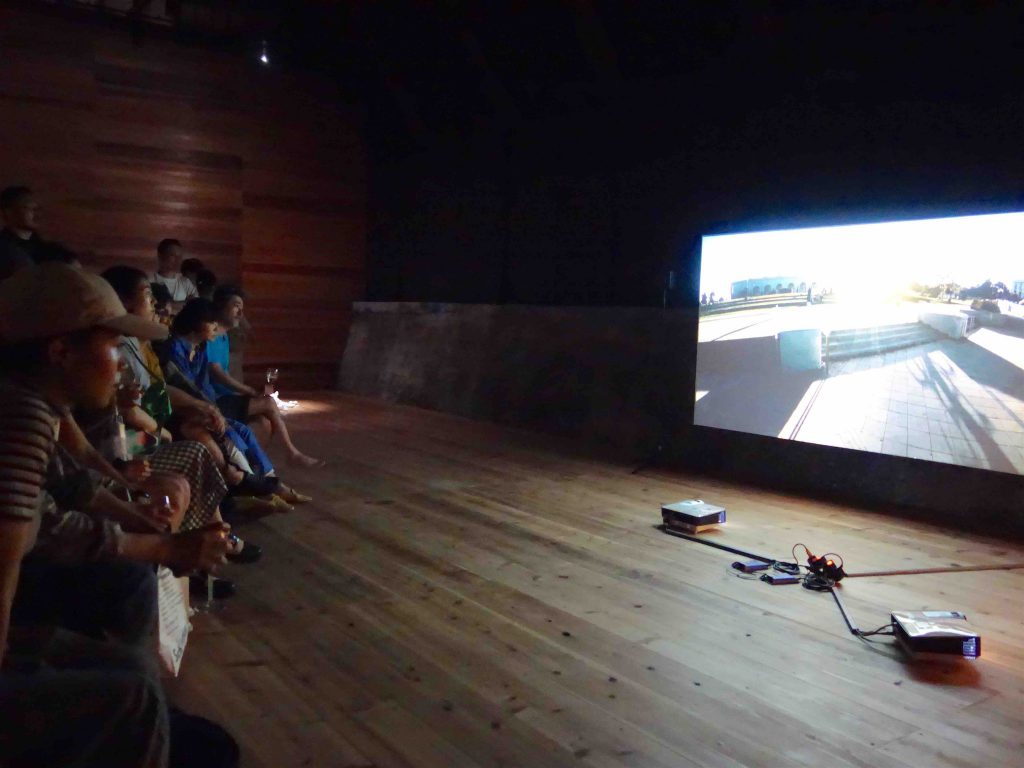

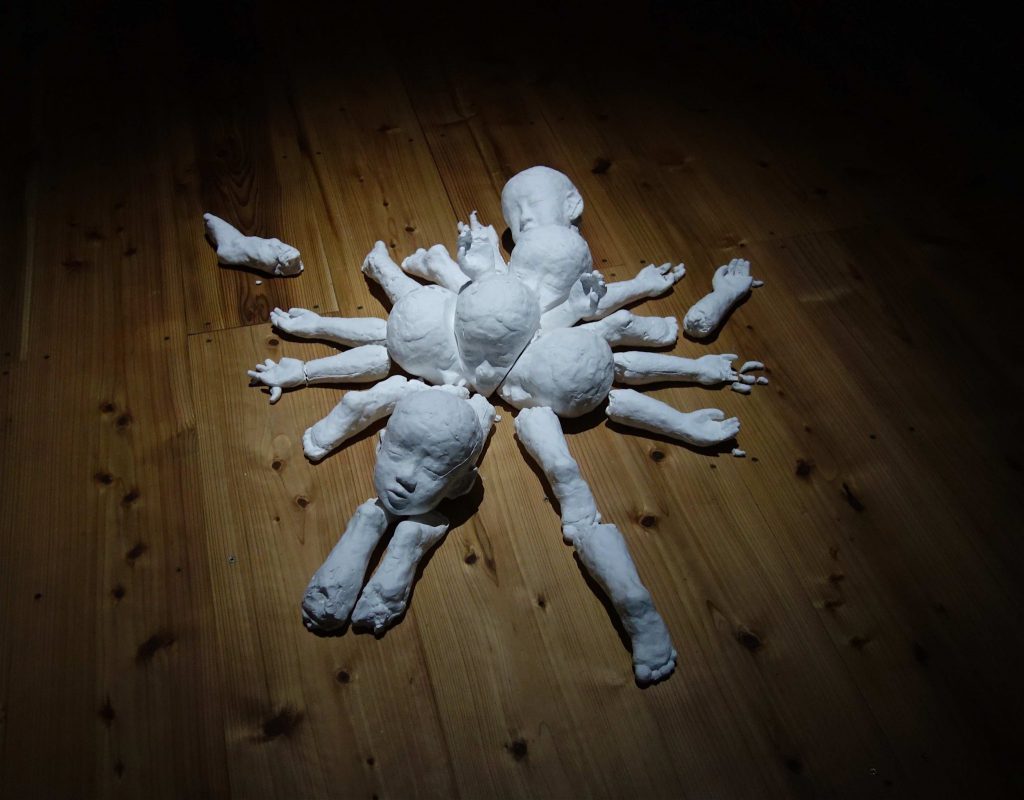

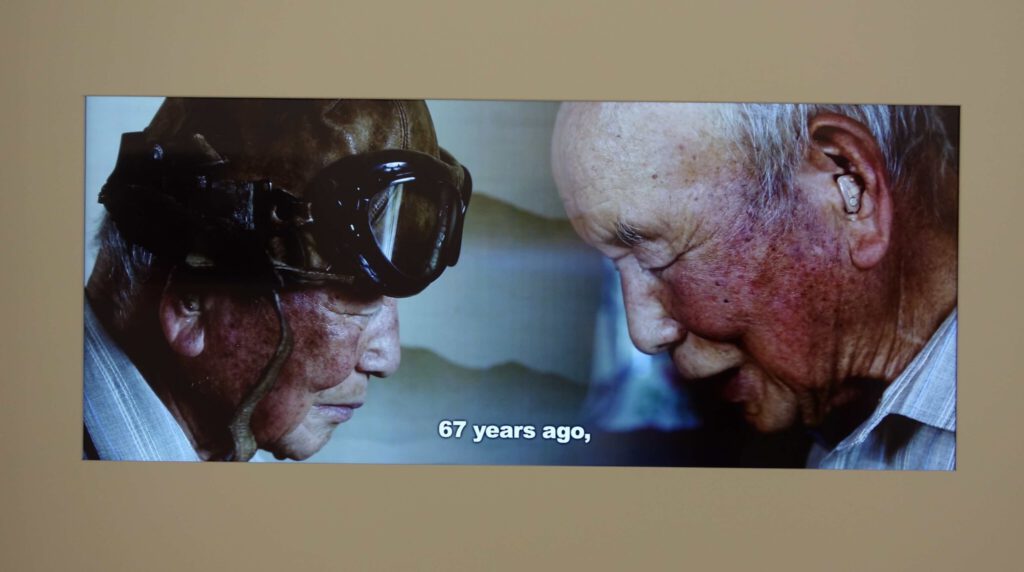
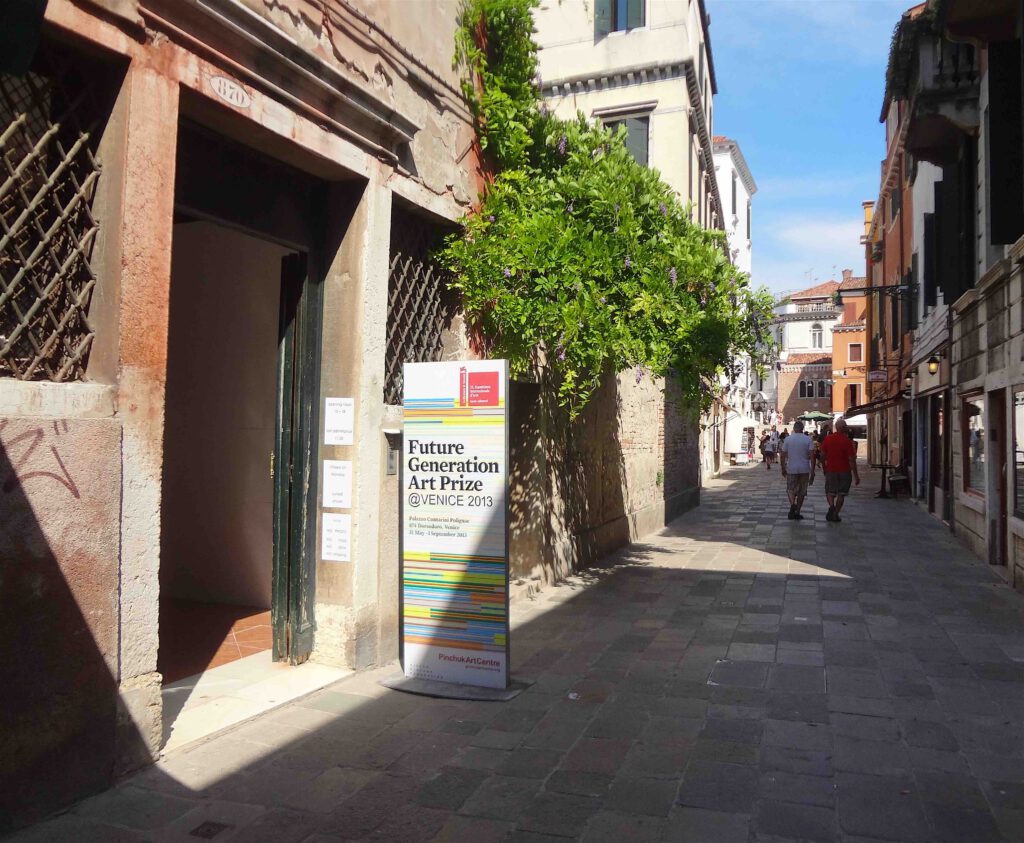

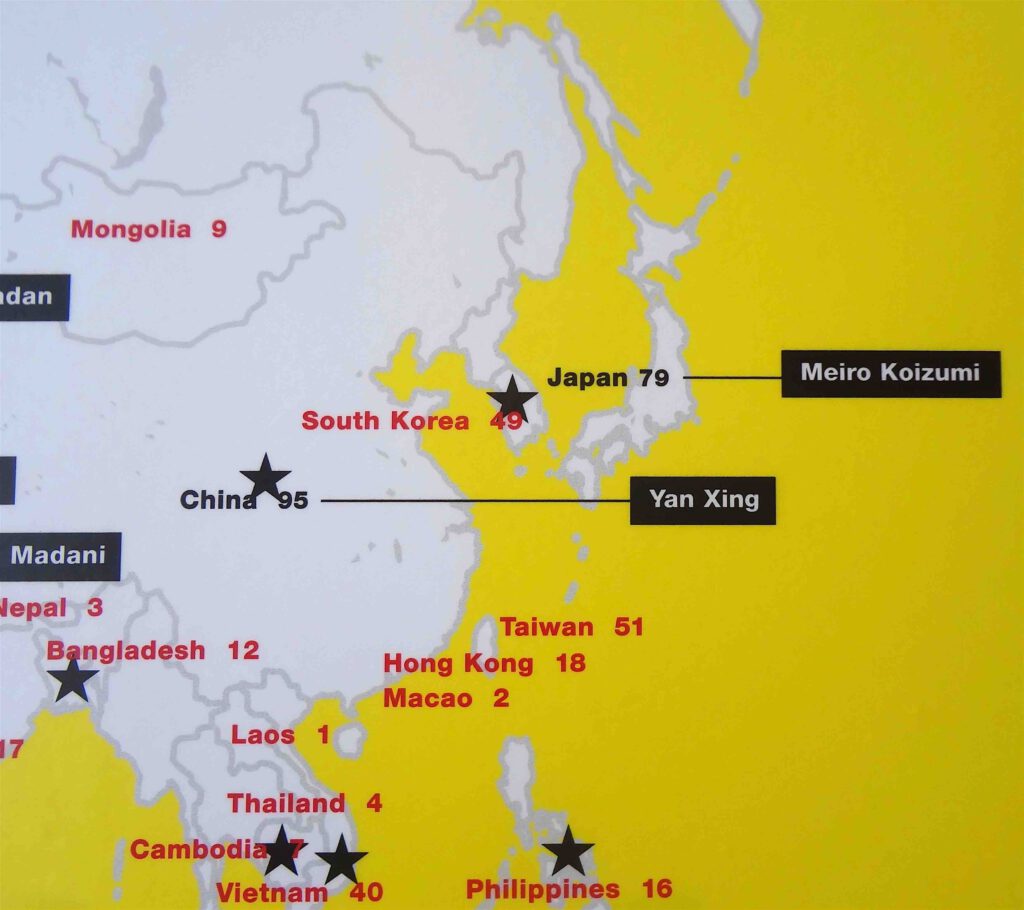
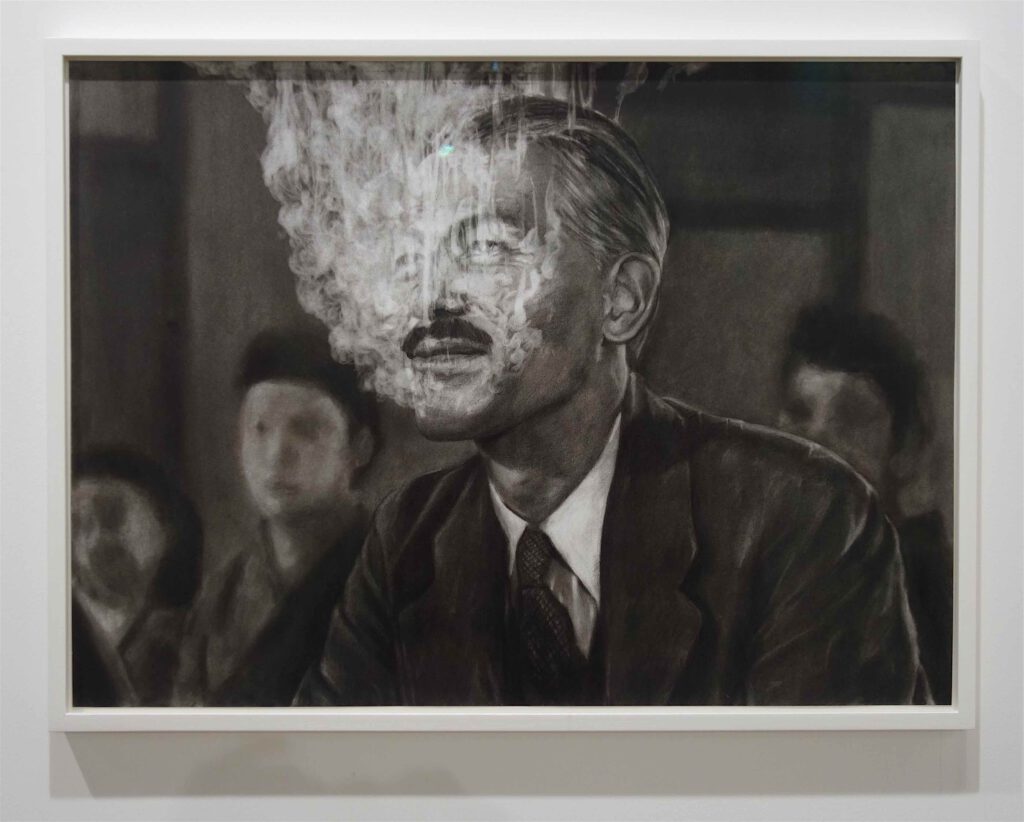
2021/6/24, up-date, courtesy art critic ICHIHARA Kentaro and Taguchi Art Collection, actually on display.
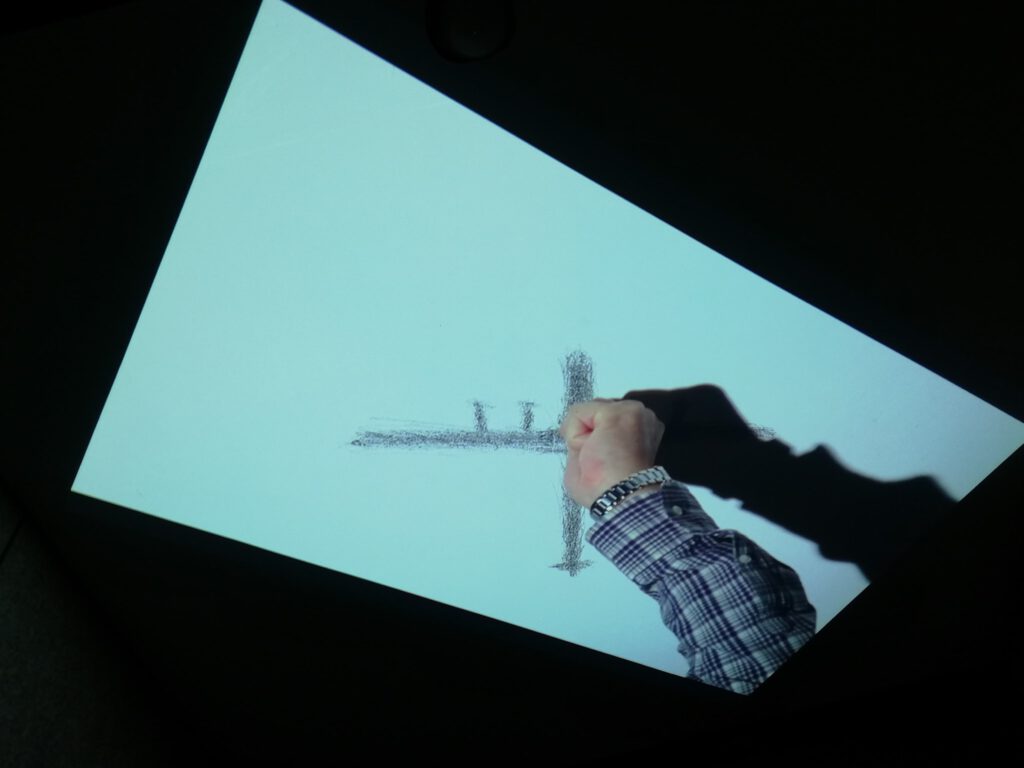
Mnemonic (father), video installation, 6min20sec, 2010-2011
I remember one afternoon when I was 9 years old, my father drew me a picture of B29 Superfortress flying in the sky. It was drawn from the memories of his childhood during WWII.
I asked him to draw the same image with a graphite pencil on the ceiling.
While drawing, I filmed his hand and recorded the sound.
I projected the video on the ceiling

check KOIZUMI Meiro’s website, too
https://www.meirokoizumi.com/mnemonic-father
Today’s bonus 今日のおまけ:

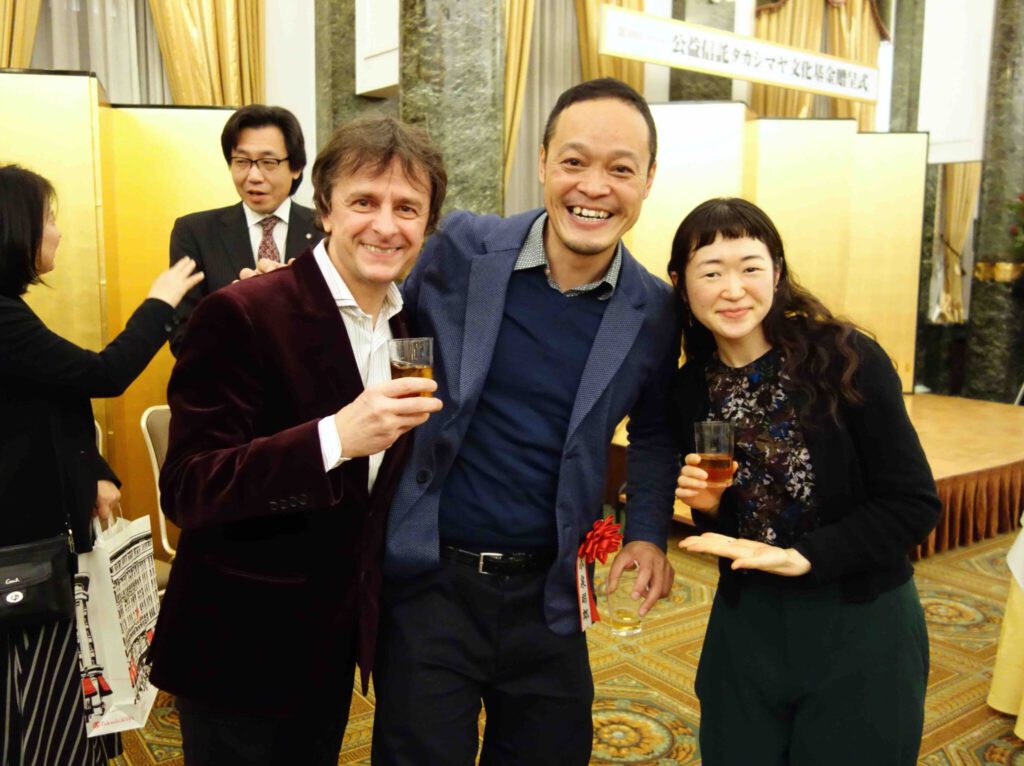

https://ja.wikipedia.org/wiki/風流夢譚

